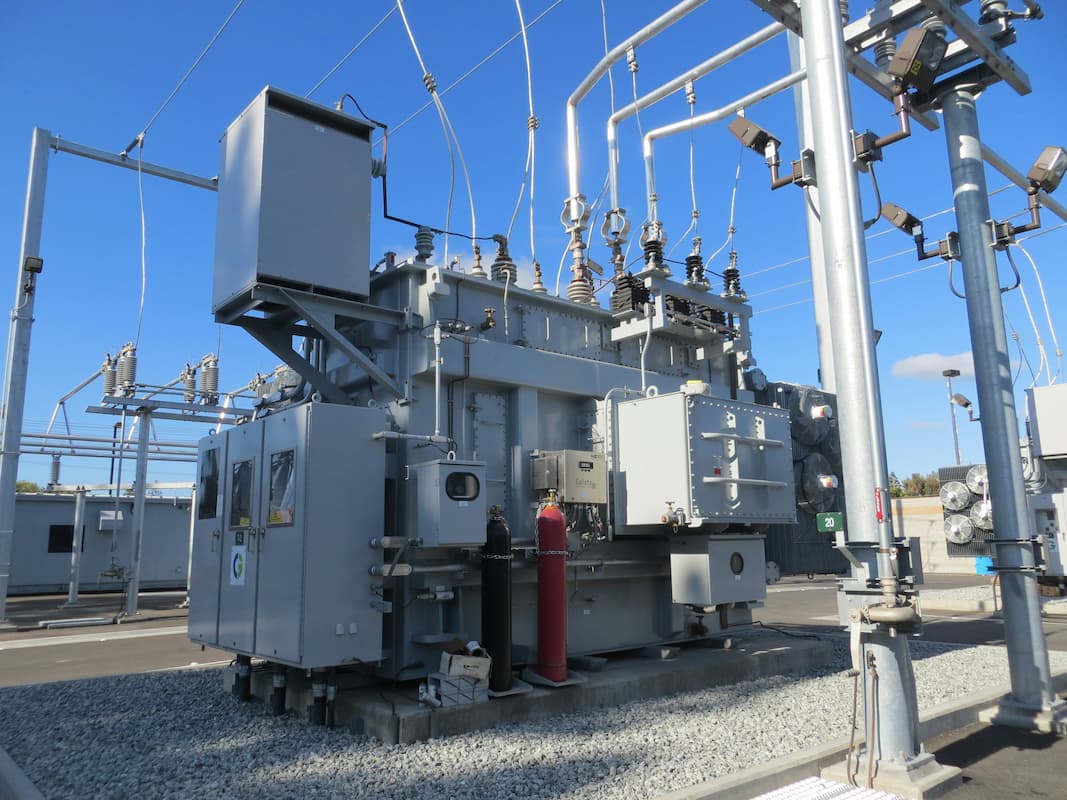Three Reports Underscoring the Health Benefits of Energy Efficiency
Let's Save Energy
Alliance to Save Energy's Blog

The air we breathe has an unequivocal impact on our wellbeing. More than 100,000 Americans die prematurely each year as a result of air pollution, and COVID-19 has only punctuated that point as it becomes clear that poor air quality is a risk factor for the virus. With the pandemic heightening awareness of how our environment impacts health and safety, we must carry these lessons forward.
One way that we can build toward a healthier future is by using energy more efficiently. Improving energy usage across our homes, cars, and buildings cuts down on harmful emissions and pollutants; in fact, a 2018 study found that reducing annual electric consumption by 15% could prevent more than 2,000 deaths, avoid nearly 30,000 asthma episodes, and save as much as $20 billion in avoided health costs each year. And the evidence keeps stacking up: As we look to prevent future health crises and ensure that all communities can enjoy a safe environment, here are three recent studies underscoring how energy efficiency can help.
Electric Vehicles Could Save Billions in Health Expenses
A study released this past September by the American Lung Association found that a transition to electric vehicles (EVs) by 2050 could prevent 6,300 premature deaths, 93,000 asthma attacks, and 416,000 lost work days due to reductions in harmful pollution compared to a “business as usual” scenario. And while it’s hard to place a price tag on our health, the monetary benefits stack up: the transition could lead to $72 billion in avoided health expenses and provide $113 billion in climate benefits as measured by the Social Cost of Carbon indicator. EVs reduce emissions through energy-efficient engines that utilize electricity from the grid rather than gas or diesel, and the report finds that we could witness a 100% reduction in the most harmful pollutants if cleaner grid energy sources are factored in. These impacts are especially salient for children, seniors, and those with underlying health conditions who are more vulnerable to poor air quality, as well as lower-income communities and communities of color, who often face disproportionate exposures to pollution. As EV adoption accelerates, we must actively plan to ensure that EVs are accessible particularly to those who live in non-attainment areas, such as through expanding EV tax incentives and constructing policy to ensure charging infrastructure reaches these populations.
Co-Benefits of the U.S. Regional Greenhouse Gas Initiative
The U.S. Regional Greenhouse Gas Initiative (RGGI) was established in 2005 in the Northeast to reduce annual CO2 emissions from the power sector by 45% below 2005 levels by 2020 and an additional 30% by 2030, with many of the reductions achieved through energy efficiency improvements. The 10 participating states, which include a bipartisan mix of governors, sell emission allowances and invest proceeds in consumer benefit programs, including about 50% for energy efficiency. The health benefits of the RGGI are estimated to be $5.7 billion through air quality improvements. Last summer, a new study dived into the initiative’s health impacts specific to children, and found that it had prevented approximately 537 asthma cases and 112 preterm births among other benefits – putting a face to the program’s real-world outcomes.
Indoor Air Quality and COVID-19
COVID-19 has changed the way we think about building design. While much remains unknown about which building upgrades can mitigate the virus’ spread, what we do know is that if facility managers make structural or technical changes as they look to enhance safety, doing so in an energy-efficient manner will permanently cut emissions and costs – with the upgrade perhaps even paying for itself through energy bill savings. In one of the most comprehensive looks yet at measures for existing buildings, a white paper released last fall from Taylor Engineering found that recommissioning and updating HVAC systems could help prevent virus transmission while having a positive impact for efficiency, listing this step as one of the more high-impact building upgrades for the COVID-19 era. This demonstrates how beyond the direct emission-cutting benefits of energy efficiency for our health, cost savings can indirectly help by making safety upgrades more affordable – a key component of the Alliance’s proposed Mission Critical Facility Renewal program.
At this time when health is at the forefront of our minds, we have a chance to limit harmful pollution and mitigate future health crises by making the air we breathe and the spaces we inhabit safer for all. These reports provide hard numbers on how optimizing energy use – whether it be in transportation, buildings, or the power sector – can contribute to that cleaner future.
RECENT BLOG POSTS
STAY EMPOWERED
Help the Alliance advocate for policies to use energy more efficiently – supporting job creation, reduced emissions, and lower costs. Contact your member of Congress.
Energy efficiency is smart, nonpartisan, and practical. So are we. Our strength comes from an unparalleled group of Alliance Associates working collaboratively under the Alliance umbrella to pave the way for energy efficiency gains.
The power of efficiency is in your hands. Supporting the Alliance means supporting a vision for using energy more productively to achieve economic growth, a cleaner environment, and greater energy security, affordability, and reliability.



